
What does a Brant look like?
They have a blackhead, neck, and breast with white neck patterns that vary in size. Brown wings, white under the tail, and light flanks and belly that range from pale brown (in eastern North America) to blackish (in western North America) (in the West). The wing coverts of juveniles have light fringes, and the neck has little or no white.

Are Brant geese rare around Vancouver Island?
Brant is a migratory waterfowl which visits Vancouver Island seasonally. So, they are not rare, but Brant watching is available in spring on Vancouver Island.

What do Brant geese eat?
Brant eats just vegetables. Hairgrass, alkali grass, marestail, DuPont, saxifrage, sedge, pondweed, arrowgrass, and different mosses are grazed on inbreeding and moulting habitats.

Is a Brant a duck or a goose?
Having a blackhead, white necklace, and rich brown body that brightens to white under the tail, the compact, relatively short-necked Brant is an appealing tiny goose. They feed on eelgrass and other aquatic plants in flocks in bays, estuaries, and lagoons throughout the winter.

Is a Brent Goose A Canada goose?
Brant, also known as Brent Goose, is a duck that resembles tiny, short-necked variants of the Canada geese but is considerably darker. While it has a black head and neck, it doesn't have white cheeks; instead, it has a more or less extensive narrow white neck ring and, like the Canada goose, is "bibbed."

How far do Brent geese migrate?
In Iceland, the pale-bellied Brent geese make a pit stop. They bulk out here, gaining up to 40% of their body weight in preparation for the last 3,000 km (1,865 miles) trip over freezing Greenland to their breeding grounds in Canada.

Where do Brent geese go in the summer?
The Leigh Brent geese are from Siberia in northern Russia, which is nearly 2,500 miles distant and hundreds of kilometers within the Arctic Circle. In the summer, they prefer swampy Arctic tundra with small lakes, which is generally close to the sea.
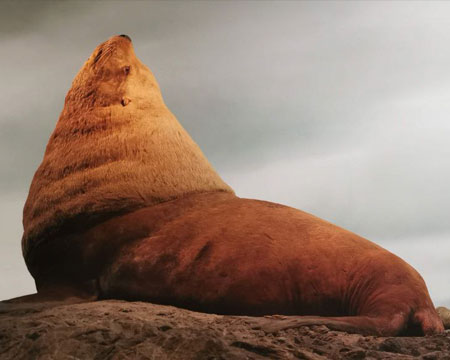
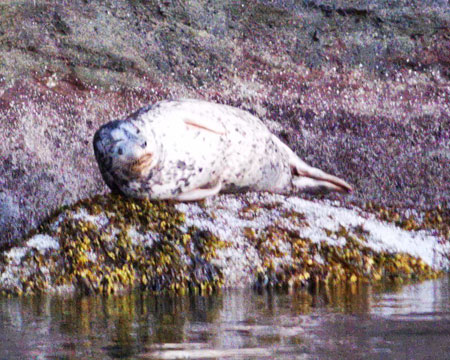
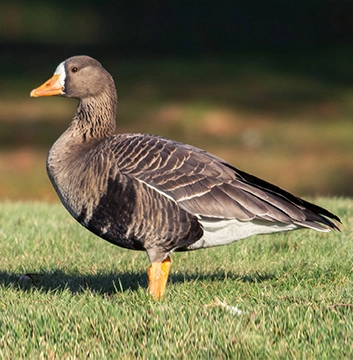
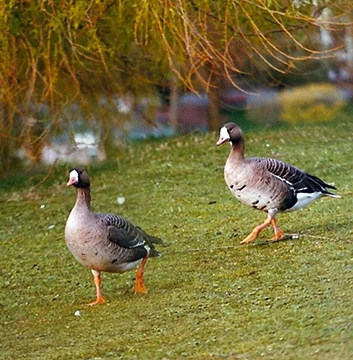
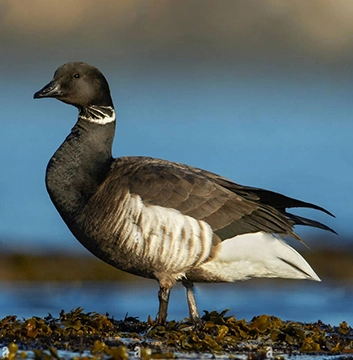
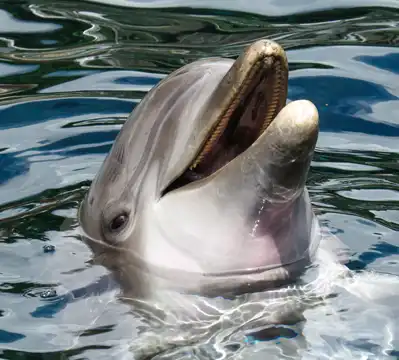
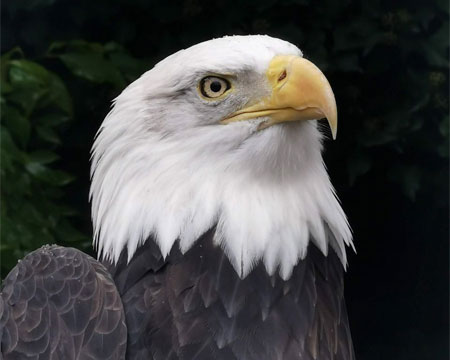
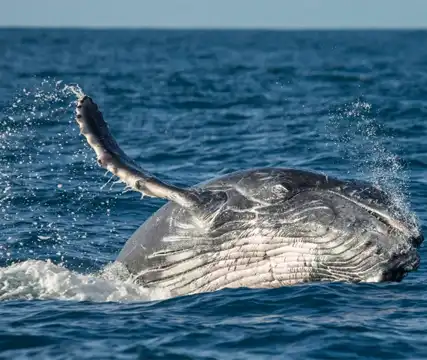

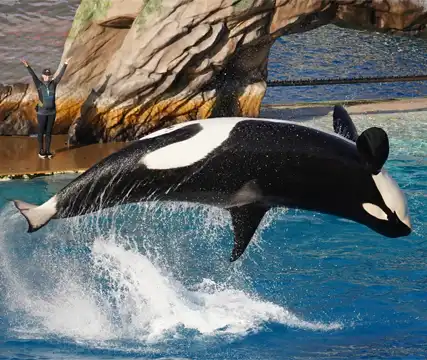
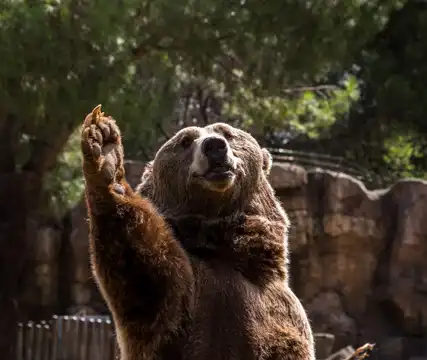
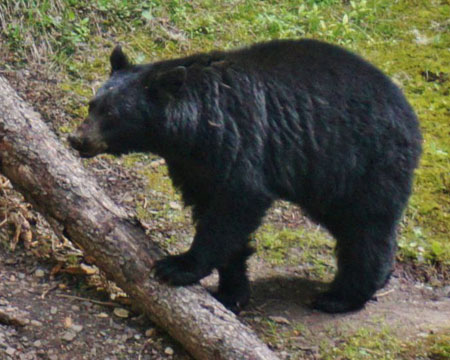
.webp)
.webp)
.webp)
.webp)
.webp)
